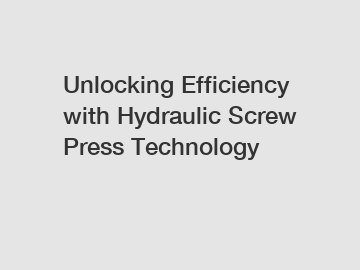High Quality 1 Side 1 Coating Line vs. Traditional Coating Methods: Which is Better?
High Quality 1 Side 1 Coating LineHigh Quality 1 Side 1 Coating Line vs Traditional Coating Methods: Which is Better?
When it comes to coating products, there are two primary methods in use today; high quality 1 side 1 coating line and traditional coating methods. Each method has its unique attributes, strengths, and drawbacks. As such, choosing the right coating technique is essential for a successful manufacturing operation. In this article, we will explore the differences between these two options and examine which one is better.
What is a High Quality 1 Side 1 Coating Line?
A high-quality 1 side 1 coating line is a modern technique that involves using state-of-the-art equipment to coat one side of a product with a high-quality coating. The process is highly automated, allowing for precision and consistency. It is particularly useful for coating materials that require high accuracy and quality, such as electronic components.
What are Traditional Coating Methods?
Traditional coating methods involve manually applying coatings to products using brushes, rollers, or dipping techniques. Although it is a tried and tested method that has been in use for centuries, it is time-consuming, labour-intensive, and prone to errors. These traditional coating methods require skilled operators to ensure a high-quality coating.
Key Differences between High Quality 1 Side 1 Coating Line and Traditional Coating Methods.
High quality 1 side 1 coating line and traditional methods vary significantly in terms of their sophistication, efficiency, and quality of the coating produced. Here are the key differences:
Efficiency: High quality 1 side 1 coating lines are highly automated, which means the coating process is faster and more efficient than traditional methods. Traditional coating methods are comparatively slow as it involves skilled labour for the coating process.
Recommended article:Elevate Freshness with Innovative Fruits and Vegetables Packaging
How to choose the right powdered packaging solution?
What Factors Influence Choosing an Efficient Strapping Machine?
Essential Guide to Commercial and Industrial Waste Sorting Systems
Choosing the Best Shielded Instrument Cases: Key Features & Tips
Top 5 Entry Level Rotary Heat Press Models for 2024
High-Output LiFePO4 Battery Pack Assembly: A Complete Guide
Precision: High quality 1 side 1 coating line uses modern equipment and automation to ensure accurate coatings. The traditional coating process offers less precision, and the coating quality may not be consistent.
Quality: High quality 1 side 1 coating lines produce high-quality coatings that meet the required specifications. Traditional coating methods may not produce the same level of quality as they may be subject to human error.
Cost: While it may require a higher initial investment, high quality 1 side 1 coating lines can result in significant long-term cost savings. Traditional coating processes may be cheaper initially, but over time, they are costlier due to the need for skilled labour.
Which is Better?
When it comes to determining the best coating option, it largely depends on the manufacturing needs and the product type. In cases where high-quality coatings are required at large volumes, a high quality 1 side 1 coating line is the best option due to its accuracy, speed, and quality. In contrast, traditional coating methods are best suited to smaller volume or specialty products that require manual expertise.
Contact Us.
At the end of the day, whether to choose high quality 1 side 1 coating line or traditional coating methods entirely depends on the specific requirements and budget needs of your product. If you have any questions or would like more information on which coating method works best for you, please contact us. Our team of experts will help you make the best choice for your manufacturing needs.
For more information, please visit aluminium coil coating line, high quality coating line manufacturer.
Recommended article:Understanding Zinc Coating Machines: Key Applications and Benefits
Are Your 3U 19\" Subracks Meeting Your Customization Needs?
How to Select the Best Steel Sheet Plating Machine Line
Is Your Disk Screen Experience Holding You Back from Productivity?
How to Choose Subracks Electronic Packaging Systems?
How to Choose 19 Inch Subrack Manufacturers?
How to Choose a Small Strapping Machine?











